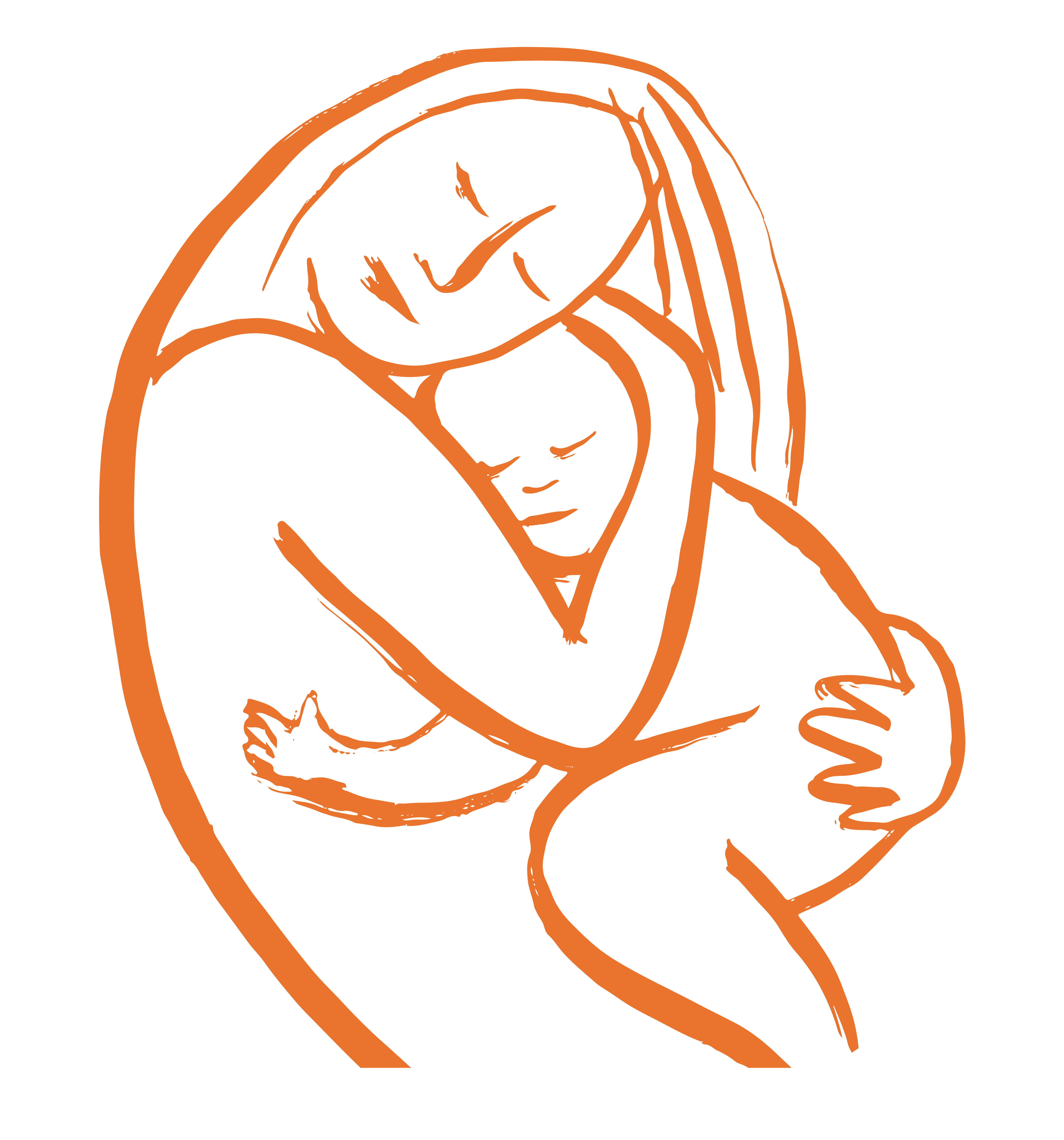Maternal mortality in Haiti has declined steadily but slowly, yet Haiti’s maternal mortality rate remains the highest of any country in the Western hemisphere, at an estimated 521 deaths for every 100,000 live births. Approximately one of every 80 women in Haiti will die from childbirth and pregnancy related causes.
In rural Haiti, poor infrastructure, such as road conditions, significantly reduce the likelihood of timely prenatal and antenatal care. Only 54% of pregnant women in Haiti attend the World Health Organization’s recommended minimum of four focused prenatal visits. The odds of delivering with a skilled birth attendant or in a facility in rural Haiti are significantly reduced by mountainous terrain and distance from the nearest hospital.
About 70% of mothers in Haiti give birth at home without a skilled birth attendant or access to emergency obstetric care, and this number rises to 90% among the poorest Haitian women, particularly in rural regions. A traditional birth attendant, known as a matwon, attends many of these women’s births. Matwons are trusted members of the community who women can rely on to treat them with dignity and respect, yet many matwons lack the equipment and training necessary to identify high-risk pregnancies and treat serious complications during childbirth when they arise.
Haiti’s maternal mortality ratio remains the highest of any country in the Western hemisphere, at an estimated 521 deaths for every 100,000 live births.
SOURCE >
PRIMARY CAUSES OF MATERNAL MORTALITY
Hypertension, including eclampsia (26%)
Postpartum hemorrhage (23%)
Indirect causes like malaria, HIV/AIDS, or cardiac disease (20%)
Direct causes like infection or obstructed labor (11%)
Unsafe abortion (10%)
Barriers to Maternal Health and Drivers of Maternal Mortality Rates in Haiti
Haiti’s maternity healthcare provider shortage: Haiti suffers from a critical shortage of skilled healthcare professionals, particularly of skilled birth attendants and midwives, and has been identified by the UN as one of nine countries facing the most “severe midwifery workforce shortage.” The WHO estimates that a minimum of 23 health workers (midwives, doctors, nurses) per 1,000 people is needed to meet the needs of the population. In practice, Haiti’s density of doctors, nurses, and midwives is an estimated 0.5 per 1,000 people.
Midwives and nurse-midwives in Haiti number approximately 175, or one midwife for every 1,000 live births. The country was making slow progress toward ending preventable maternal deaths prior to the devastating 2010 earthquake, but most of that progress was offset by the disruption and subsequent chaos that ensued.
Governmental barriers to supporting healthcare providers: Since 2008, Haiti’s Ministry of Health and Population, with support from international partners, has implemented a scheme to provide family planning, antenatal, obstetric, and neonatal care free of charge in a number of health facilities in the country. The quality of care is often weak, particularly in rural areas. For existing nurses and other medical personnel, there are few opportunities to participate in clinical practice in order to learn how to provide maternal health, or to engage in a clinical specialization like obstetrics. Additionally, there are few continuing education opportunities for nurses and midwives to reinforce their skills, get support from peers, and learn about advances in medical care. Workforce attrition is high, including the migration of qualified nurse-midwives to other countries where they can make more money and have a better quality of life – an example of “brain drain” typical in developing countries.
Slow rebuilding in the wake of the 2010 earthquake: The National School of Nurse Midwives (ENISF) in Port-au-Prince, Haiti’s only midwifery school, was destroyed during the 2010 earthquake. Thanks to major efforts and funding on the part of the UN Population Fund, it was reconstructed in the Cité Soleil neighborhood of Port-au-Prince. In 2011, a new midwifery education program was opened: Institut National Superior de Formation Sage Femme (INSFSF). In 2013, spurred on by Haiti’s overwhelming need for more professionally-educated midwives, a two track route to midwifery was created. The direct entry, 3-year track for new midwives (non-nurses holding a secondary/high school degree) and an 18-month track for licensed nurses who wish to become midwives were instituted and supported by the Ministry of Health as a means to educate more midwives. While these programs are directly impacting the workforce shortages, they have not been graduating midwives at a rate fast enough to saturate the country with health workers and meet the ongoing demand.

